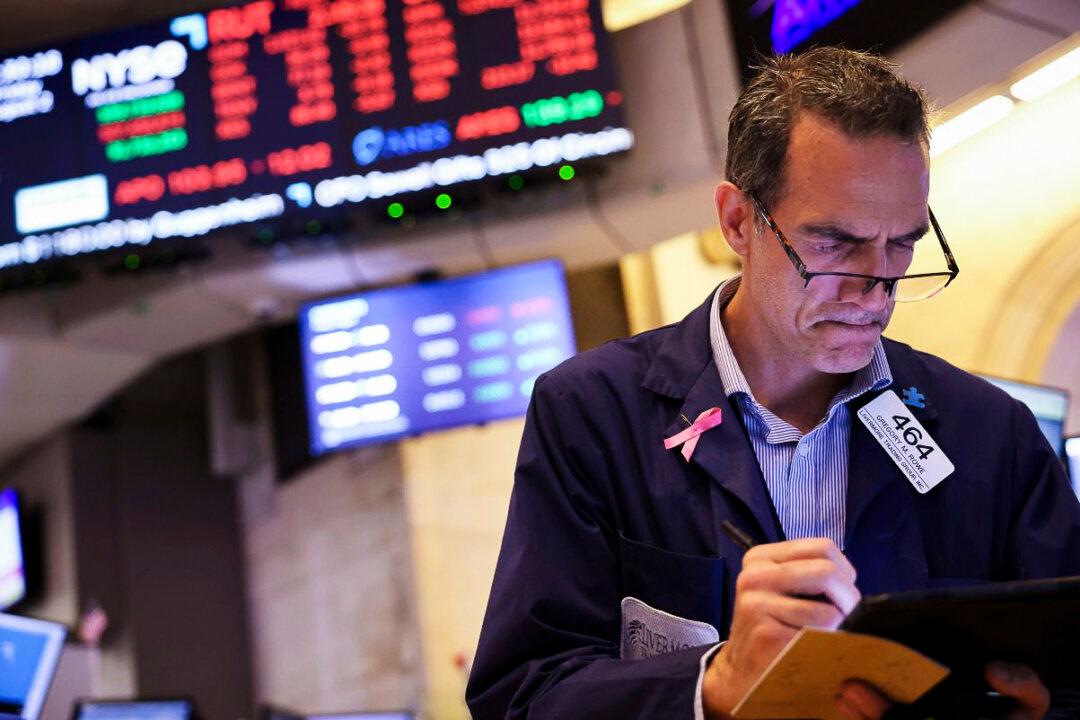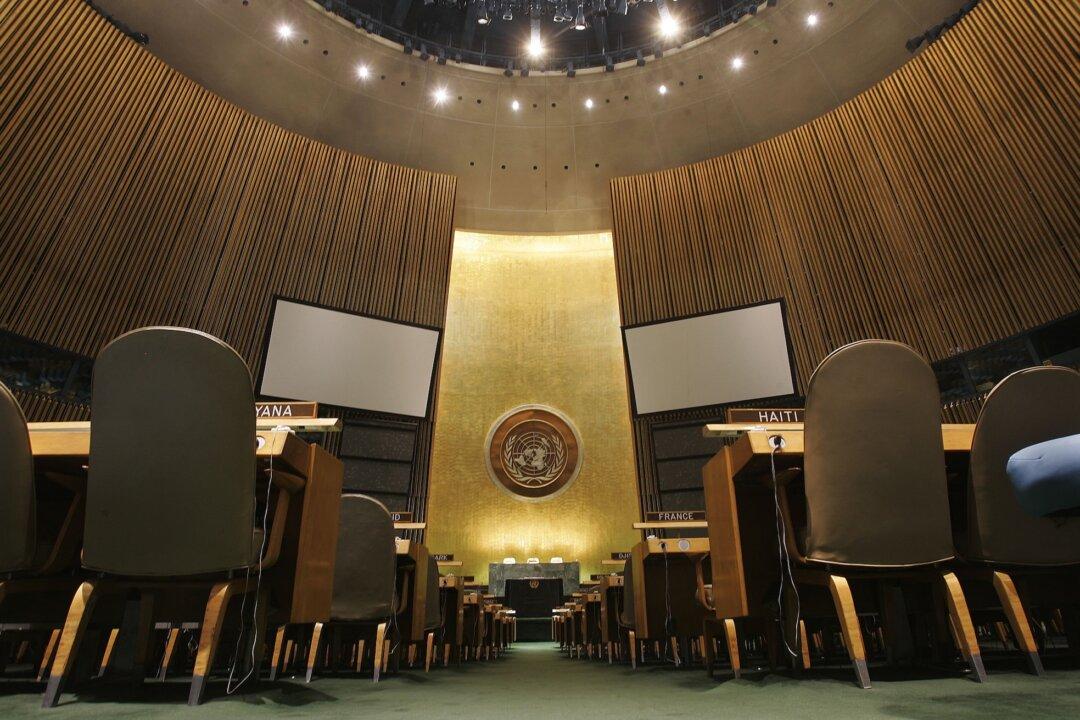Bank of America CEO Brian Moynihan said that the financial giant no longer believes that the U.S. economy will fall into a recession, although he warned that the current slowdown in consumer spending could worsen, potentially pushing U.S. shoppers into a “very negative” state that would be difficult to reverse.
Moynihan made the remarks during an Aug. 11 interview on CBS’s “Face the Nation” program, in which he discussed the bank’s outlook for the economy over the next year and a half and urged careful management of interest rate policy by the Federal Reserve to prevent a deeper economic downturn, suggesting that easing rates might be necessary to sustain consumer confidence and spending.





